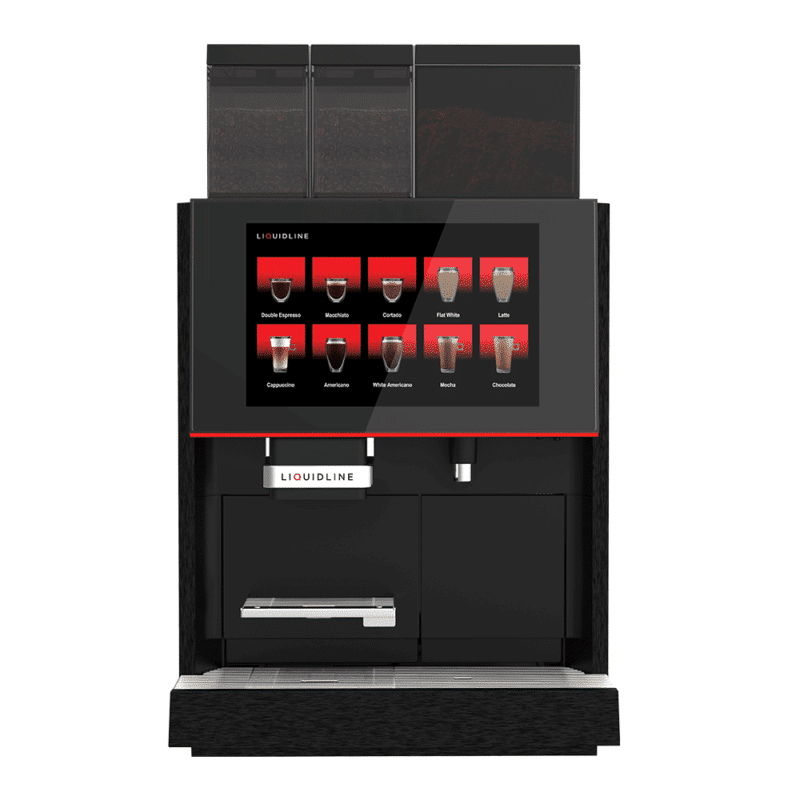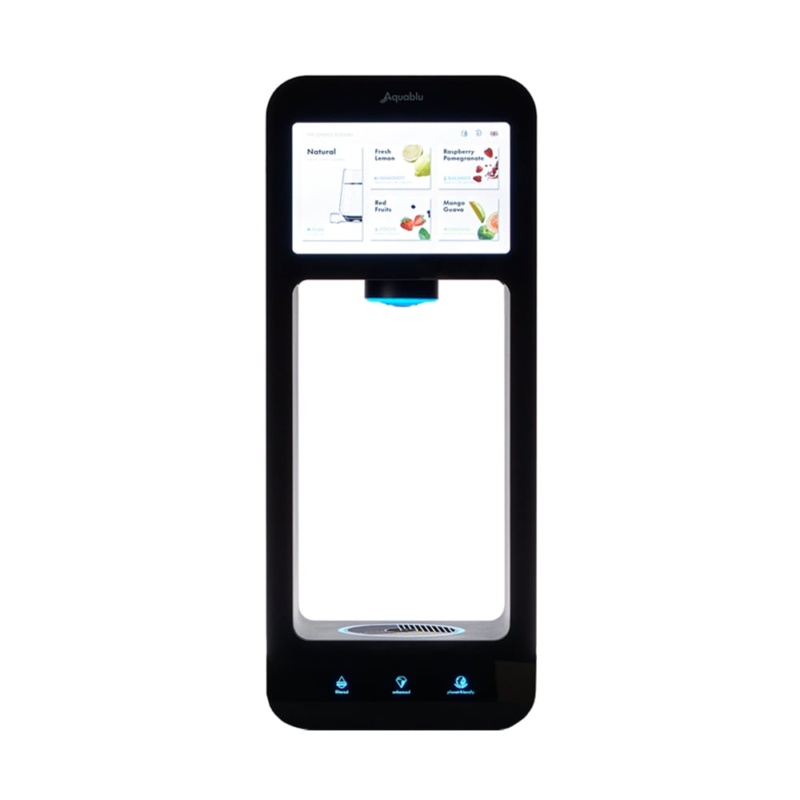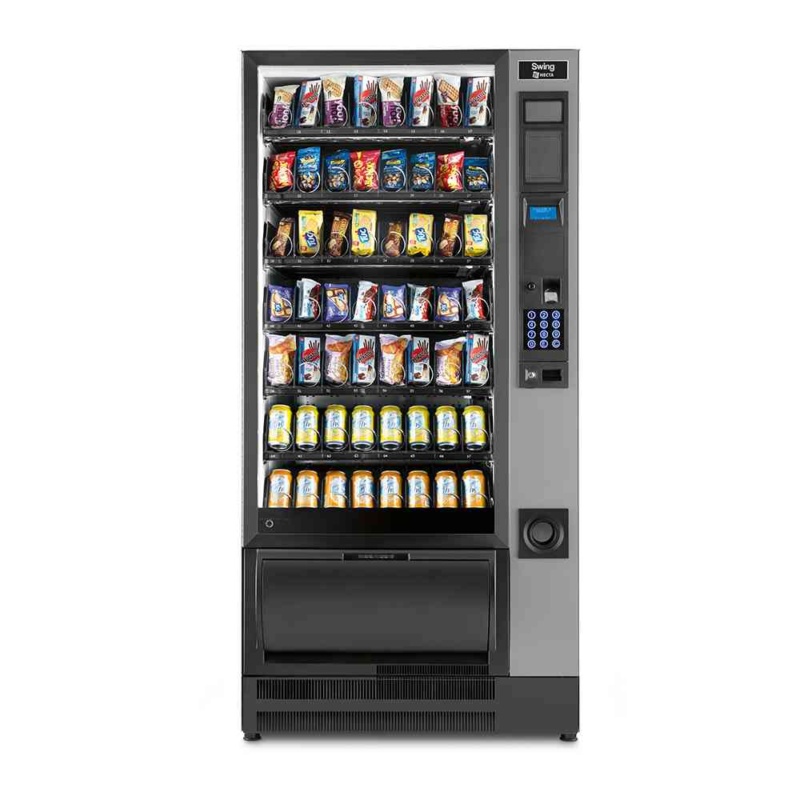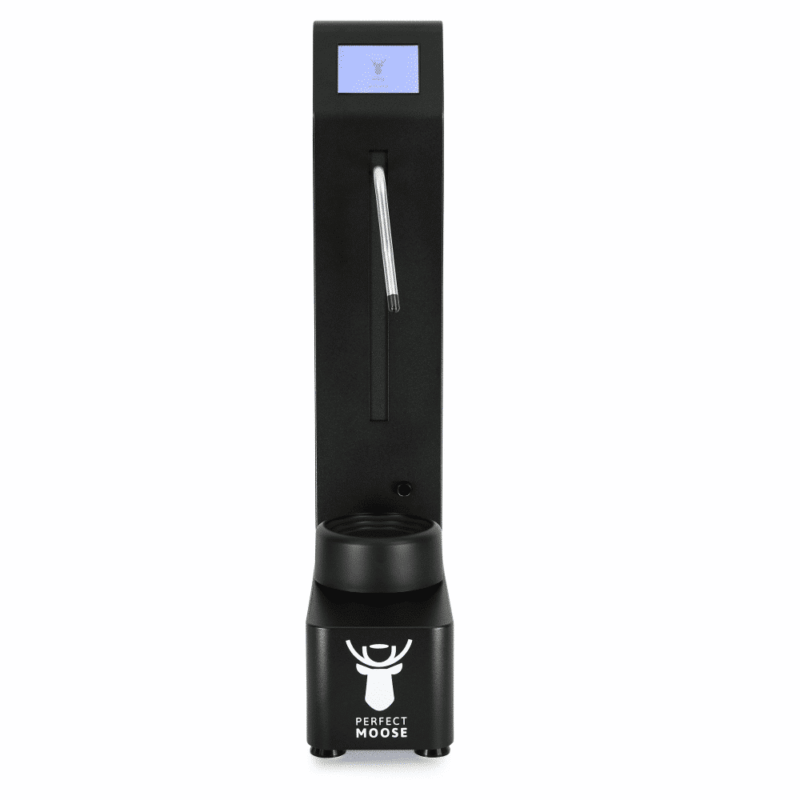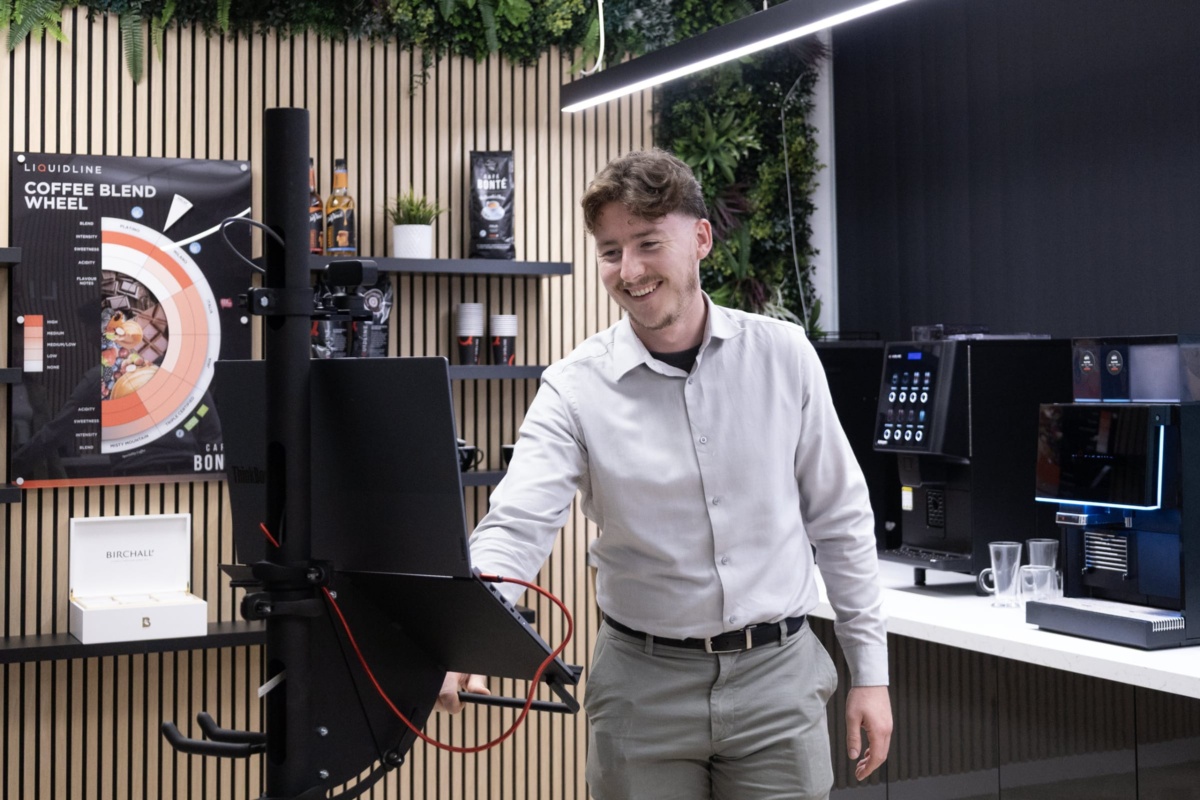Creating the Perfect Espresso

Espresso is a strong black coffee that is made by forcing a small amount of nearly boiling water that is under pressure through finely ground coffee beans.
Because it has a higher concentration of suspended and dissolved solids, espresso has a thicker and much stronger flavour. Despite its small size, espresso has more caffeine per unit volume that most other types of coffee.
How to make the perfect espresso
Start by removing the portafilter, the small metal basket that sits inside the grouphead, and placing it on a scale. Tare the weight, so the scale is showing 0g.Purge the grouphead of your machine thoroughly with hot water. Grind and weigh out between 18-25g of coffee. The amount you use will depend on the coffee you are using, but this should be enough coffee for a double shot of espresso. For best results, the grind of the coffee will need to be quite fine. So, you may need to adjust your grinder to find the perfect grind for the beans you are using. Place the freshly ground coffee into the portafilter and put back into the grouphead. Use your index finger to wipe across the top of the coffee to level off the top the coffee. Rest the grouphead on a flat surface, put your tamper level on the top of the ground coffee and apply pressure downward. This will ensure that the coffee is sealed in evenly. Give the tamper a small spin to polish the top of the grounds. Place the grouphead back into your machine and place cups of demitasses underneath. The coffee shot should start off with a slow drip and then build up to a gentle, even stream. It will take around 30 seconds to complete the extraction. The coffee shot should thicken and you will notice the colour start to change to a yellowish hue. This colour change is known as blonding. At this time, you will need to stop your machine so as not to spoil your perfect shot of espresso. If you are using a demitasse, pour you coffee shot into a small espresso cup and you are ready to serve.
History of Espresso
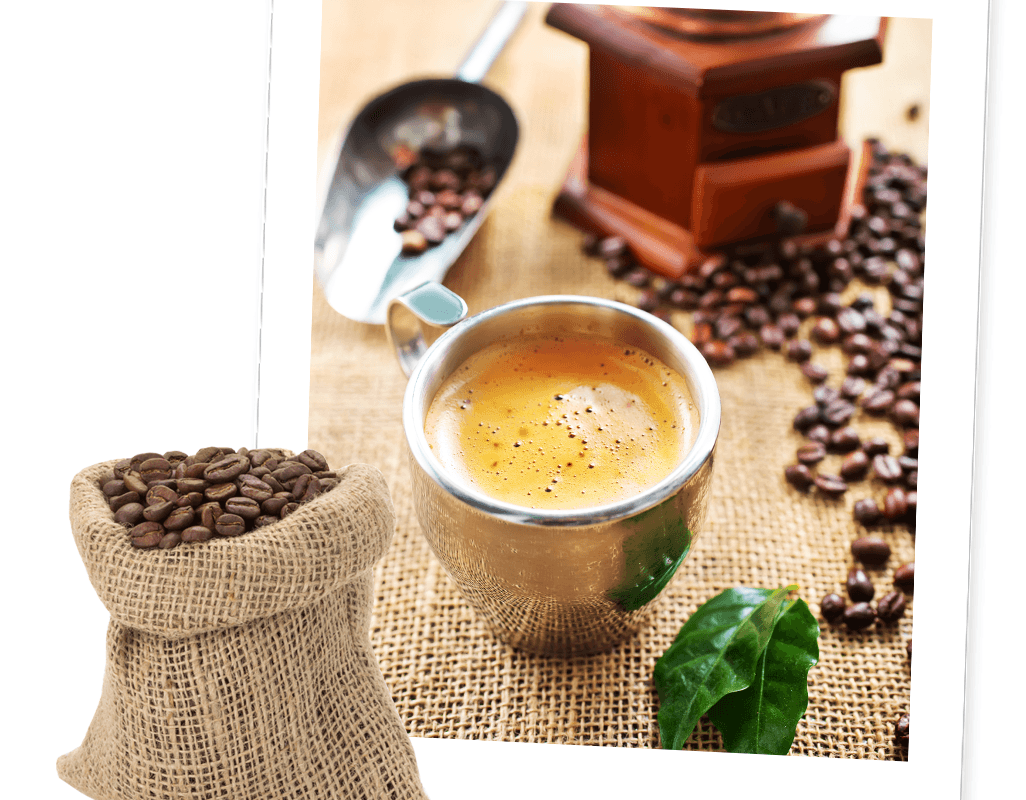
Espresso as we know it today, first appeared in Italy in the early 20th Century. In 1903, Lugigi Bezzera was looking for a way to make coffee faster. He was frustrated by the time it took to brew his own coffee at home each morning. Bezzera found that by adding steam pressure to the machine it cut down the brewing process and produced a stronger cup of coffee. This process no only sped up the brewing process but brought out the best qualities of the coffee as it avoided over extraction of the coffee.
In 1905 another business man, Desiderio Pavoni bought the patent from Bezzera’s and started to make espresso machines. Founding the company ‘La Pavoni.
Early espresso machines worked by forcing steam though the coffee, giving it a burnt flavour. This changed in 1938 when Cremonesi developed a piston pump that forced hot, not boiling, water through the coffee, giving it a more natural taste and a layer of foam on the top, which became a characteristic of an espresso coffee.
World War II brought a halt to further developments in espresso machines and it wasn’t until the end of the war in 1946 that Gaggia stated to produce commercial piston machines.
In 1961 the Faema company stated to manufacture pump-based machines that used an electric pump to deliver water under pressure. Almost all modern machines are based on this design.
Traditional affogato

WHAT YOU’LL NEED
- Freshly brewed espresso
- Vanilla ice cream
METHOD
Place a ball of vanilla ice cream in the bottom of a glass. Pour over 3-4 tbsp of freshley bewed espresso.
Why not add chopped nuts, a dusting of chocolate powder or a splash of hazelnut liqueur.

